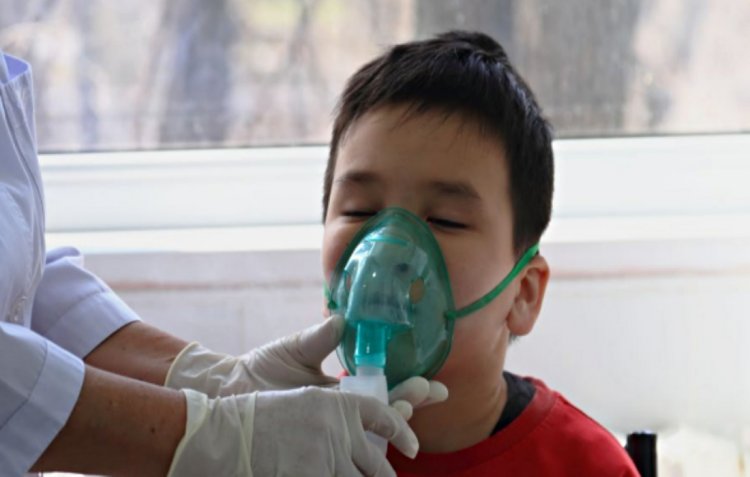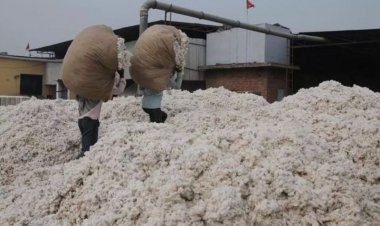Climate change and environmental issues put one billion children at risk globally: UNICEF
Climate change, pollution, and biodiversity loss are putting around 1 billion children at risk globally. A UNICEF report highlights that 160 million children in Europe and Asia are vulnerable to extreme weather, pollution, and environmental damage. These challenges worsen for marginalized children, requiring a united global response to protect their well-being and support sustainable development

The combined challenges of climate change, pollution, and biodiversity loss put nearly every child at risk. Around 1 billion children—about half of the world’s total—face serious dangers threatening their survival and growth. According to a recent report by the United Nations International Children's Emergency Fund (UNICEF) titled In Focus: Children, Climate Change, and Environmental Degradation, nearly 160 million children in Europe and Asia are vulnerable to the impacts of climate change and environmental damage. These risks affect children in various ways, from before birth through their early years, school life, and into young adulthood.
The report says that children are particularly vulnerable to extreme weather events like heatwaves, floods, sandstorms, and mudslides, as well as slower changes such as droughts, desertification, and water shortages. In addition, they face ongoing challenges like air pollution, lead contamination, pesticide pollution, poor water quality, and lack of energy.
In many regions, children are exposed to multiple dangers at once, with poverty, conflict, and environmental damage making life even harder. These challenges are particularly difficult for marginalized groups, such as children with disabilities, who already struggle to access basic services like education, clean water, and sanitation.
The combined impact of these issues calls for a strong, united response. However, children are often overlooked in the global response to climate change and environmental damage. UNICEF is working to ensure children are a central focus in addressing these problems. While children are the most vulnerable to these challenges, they also offer hope for creating long-lasting solutions. By investing in protecting children and addressing their needs, we not only help them but also benefit families, and communities, and support global goals for sustainable development.



 Join the RuralVoice whatsapp group
Join the RuralVoice whatsapp group







































